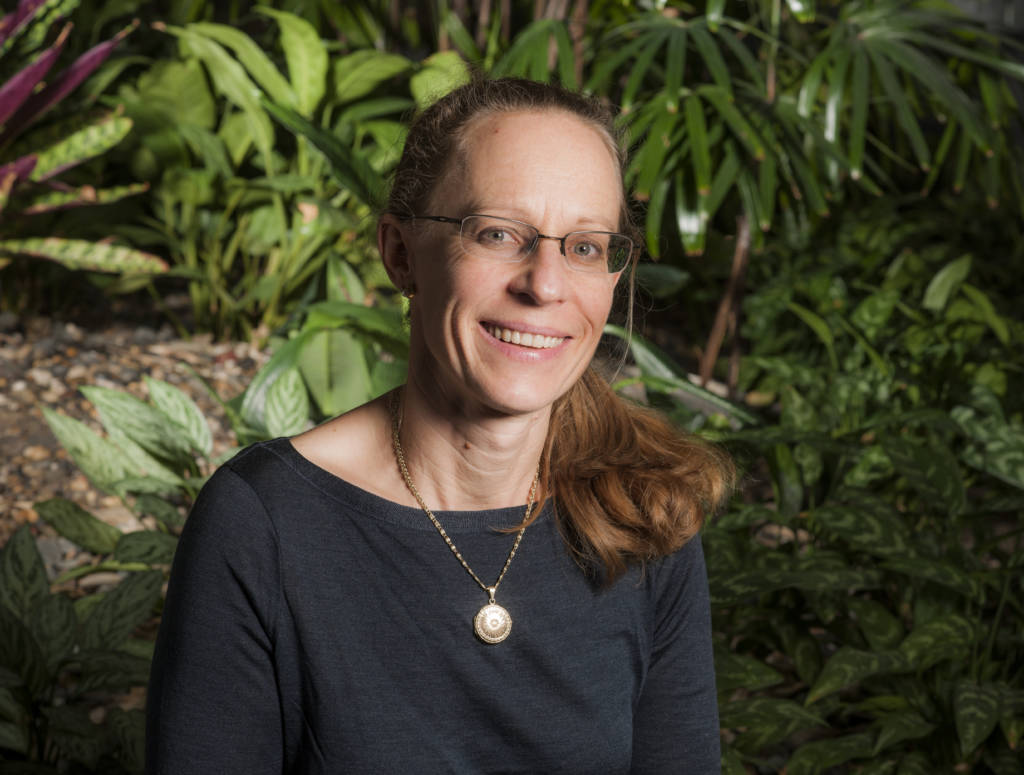Why don’t we have a national screening program for our national cancer?
Melanoma affects 1 in 17 Australians, and other skin cancers 2 in 3 Australians, but setting up a formal screening program like we have for breast, cervical and bowel cancer is trickier than you might think.
The results from a Melanoma Screening Summit, which brought together national and international experts to review evidence for benefits, harms, costs and opportunities of introducing a screening program, were published today in the Australian & New Zealand Journal of Public Health.
The Summit concluded that there is currently insufficient information to say whether we should set up a systematic screening program or not, and outlines the steps needed in order to find out.

Summit Convenor, the University of Queensland’s Professor Monika Janda, said that the answer may lie in a more targeted approach to screening, focusing on people who are at high melanoma risk.
“By targeting our efforts on higher risk groups, the number of people needed to screen to detect each melanoma decreases, making the program more cost effective while decreasing unnecessary treatments.”
“New technology like liquid biopsies, 3D imaging with artificial intelligence support and personalised genetic risk scores may soon help make a screening program more feasible.”
38,000 melanomas are diagnosed in Australia annually, and more than 1,700 die from it annually.
Early detection steeply increases survival rates, but there are also potential drawbacks to screening, like overdiagnosis (detection of cancers that would never have spread and caused problems), increased health anxiety, and potentially pouring health dollars into a program that isn’t clinically effective.
“There’s already high rates of opportunistic, or ad hoc, screening with costs to both the community and individuals.”
“An organised screening program might redirect these costs to a more cost-effective model.”
While there is no dedicated Australia-wide screening program, how do you know what to look for?
UQ’s Professor Janda and research assistant Carina Silva are conducting a new study assessing the tools available to improve the accuracy self-detection.
“We know that many skin cancers are first found by patients themselves, or by a partner.” Ms Silva said.
“We also want to find an effective and understandable educational tool to help individuals in conducting self-skin examinations.”
The research group are seeking volunteers to participate in focus group to understand the community’s views around current educational tools for skin cancer early detection.
For more information or to volunteer for this study, email sse-study@uq.edu.au.
The research study is a partnership between the University of Queensland and the Skin Cancer College Australasia.
The Melanoma Screening Summit was convened by the Australian Skin and Skin Cancer Research Centre, which is a collaboration between the University of Queensland and QIMR Berghofer Medical Research Institute.
This research is published today in the Australian & New Zealand Journal of Public Health (doi: 10.1111/1753-6405.12972).
Media: Professor Monika Janda, m.janda@uq.edu.au; Katie Lee, k.lee5@uq.edu.au, +61 7 3443 7595.




